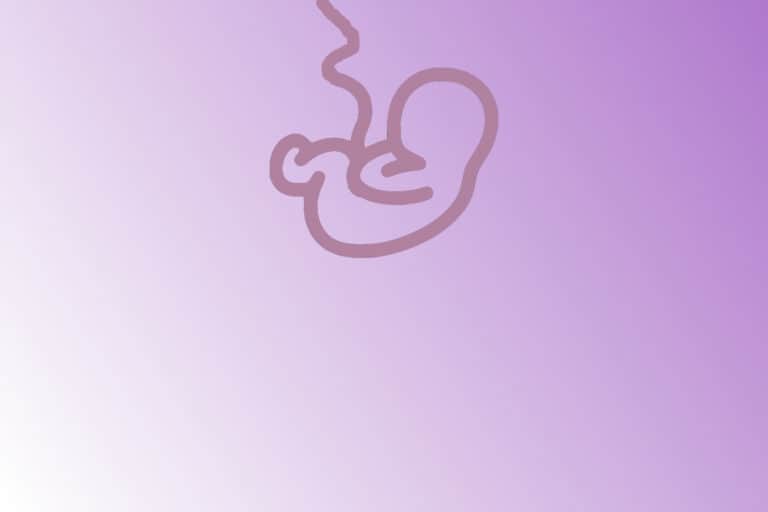Neurodevelopment
The central nervous system of extremely preterm infants is highly susceptible to perinatal injuries due to the presence of immature vasculature in the germinal matrix and periventricular white matter. Furthermore, the sensitivity of cerebral tissue to hypoxia-ischemia stems from already low baseline CBF and high oxygen consumption with increased oxygen extraction. In addition, myocardial dysfunction, decreased cardiac output and systemic hypoperfusion, commonly observed in the first postnatal days, can further aggravate the situation.
The incidence of severe peri/intraventricular hemorrhage (PIVH) and periventricular leukomalacia (PVL) is an inverse function of gestational age with extremely preterm infants being affected the most. These morbidities significantly correlate with the neurodevelopmental impairment. Perinatal brain injuries disrupt the coordinated growth of the whole brain, leading to diffuse deficits in cognitive function in survivors.
Structural abnormalities of the preterm infant’s brain persist into late childhood and adolescence and correlate with neuropsychological abnormalities (inattention, hyperactivity, anxiety, socio-emotional problems). Furthermore, severe PIVH and PVL are associated with the development of cerebral palsy (CP).
Cerebral Palsy
PVL is associated with the development of cerebral palsy (spastic quadriplegia), mental retardation, visual impairment, epilepsy (pharmacoresistant).
Cerebral palsy = group of permanent movement disorders that appear in early childhood. The central motor deficiency originates in the prenatal or perinatal period (perinatal asphyxia, IVH, PVL) and it forms one of the most common childhood disabilities. It is also more commonly observed in previously preterm infants without any detectable, major neurologic injury (diffuse white matter injury with reduced corpus callosum size and length). CP associates with mental retardation, epilepsy and hearing/visual deficits.
There are 3 major forms of CP:
Spastic cerebral palsy
- damage to the cerebral cortex
- hemiplegia, diplegia, quadriplegia
- spasticity can be treated with botulinum toxin
- the most common form (80% cases)
Ataxic cerebral palsy
- damage to cerebellum
- discoordination of movements, intention tremor, hypotonia
- the least common form (5% cases)
Dyskinetic (extrapyramidal) cerebral palsy
- damage to basal ganglia and substantia nigra
- hypoxic-ischemic encephalopathy, bilirubin encephalopathy – kernikterus
- dystonia (slow, strong contractions) and choreoathetosis (involuntary movements) form
- relatively uncommon form (15% cases)
Developmental Care
Complex care centres for infants with perinatal injury serve as an important point of care for these patients (neurologist, nephrologist, cardiologist, physiotherapy, pediatrician, nutritionist, logopedist, psychologist, ophthalmologist, audiologist).
Interventions include cerebral palsy management (physiotherapy – Bobath concept, Vojta therapy, botulinum toxin), refractive errors correction, hearing aids, anticonvulsants. Furthermore, the infant’s neurodevelopment and nutrition is analyzed (weight gains, optimal growth of the head, metabolic bone disease of prematurity, anemia, hypovitaminosis).Bayley Scales of Infant and Toddler development (currently 3rd edition) serve as a standard modality to describe motor, language and cognitive capabilities of a child. The neurodevelopment is usually assessed at 2 years of corrected age.
Followed up group of patients:
- preterm infants
- congenital anomalies
- congenital infection
- perinatal asphyxia (esp. after therapeutic hypothermia)
References
① Gotardo JW, Volkmer NFV, Stangler GP, Dornelles AD, Bohrer BBA, Carvalho CG. Impact of peri-intraventricular haemorrhage and periventricular leukomalacia in the neurodevelopment of preterms: A systematic review and meta-analysis. PLoS One. 2019;14(10):e0223427. Published 2019 Oct 10. doi:10.1371/journal.pone.0223427




